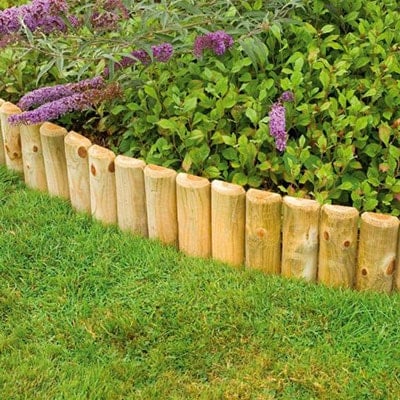
No Garden Design is Complete Without Border Edging
Designing and maintaining an attractive garden is hard work. There is no doubt about it. Hours of planning, sowing, pruning and mowing (plus a whole host of other activities) are required to keep gardens presentable. Why then, ruin all your hard work by neglecting simple tasks? One such example is garden border edging. Omitting this vital finishing touch is a horticultural crime so heinous it could be compared to pairing a tailored three-piece suit with scuffed, unpolished shoes. Scruffy and unforgiveable. The separation between lawn and flower bed simply must be distinctly marked.
What type of border edging to use?
Wood is the most common material to use as garden border edging; wood looks natural and blends in superbly with surrounding fence panels, sheds, or other garden structures, whilst clearly separating lawns from flower beds. Several different options exist, from classic border rolls and heavy-duty sleepers through to enchanting picket fences.
Border rolls
Border rolls always look fantastic – an excellent choice for any garden edging project. Use a spirit level for a touch of finesse; after all, ‘if a job’s worth doing it’s worth doing well’.
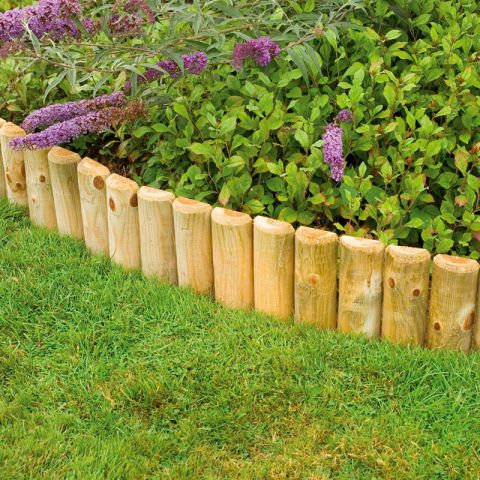
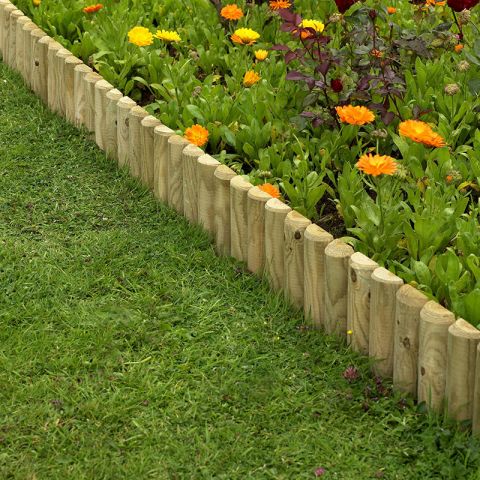
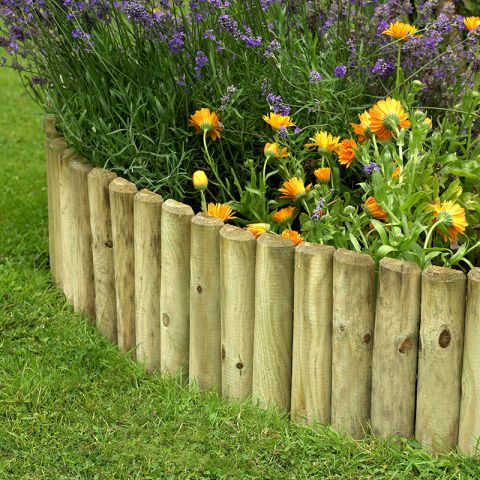
Horizontal logs and sleepers
Horizontal logs and sleepers work just as well as vertical border rolls. Traditional and rustic in design, they look brilliant and easily keep lawn and soil separate. Just be sure to enlist the help of a friend if opting for sleepers; they’re very heavy!
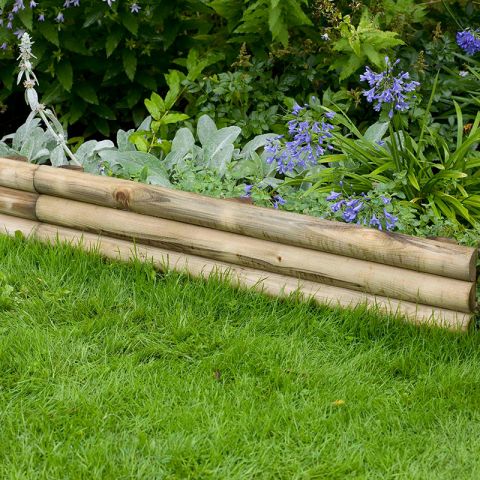
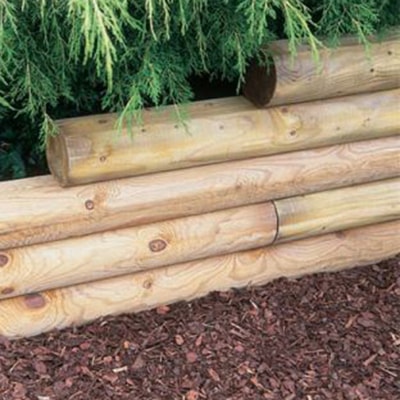
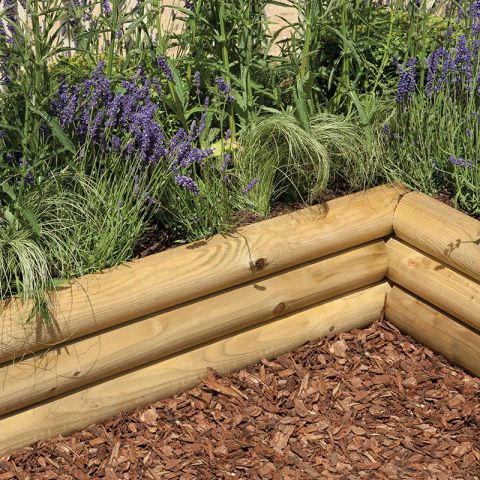
Other Designs
Unlike border rolls, logs and sleepers, picket fence edging won’t stop soil from escaping; they do look charming when surrounded by flowers though! Picket fence garden borders create an idyllic, cottage garden feel. Or, to keep that soil tidied away, try dome-topped border edging.
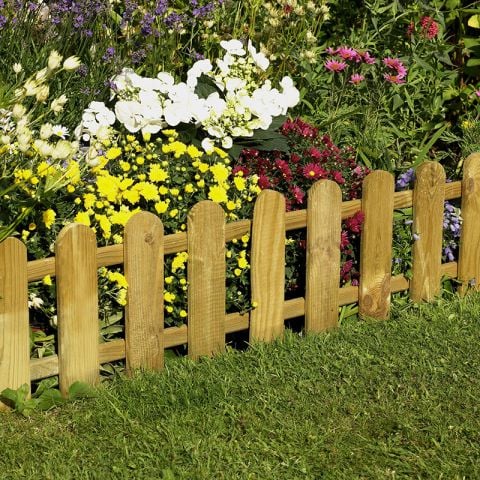
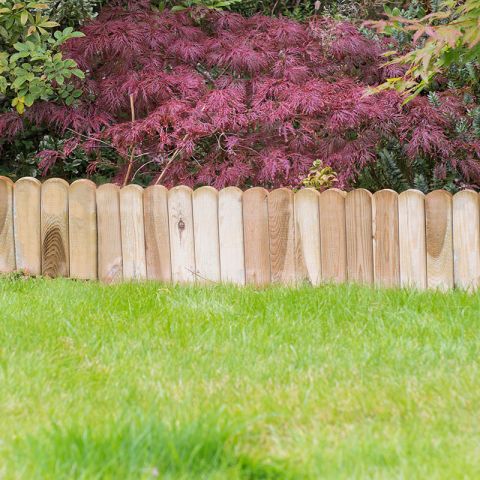
How to Install Garden Border Edging
Luckily, garden edging is straightforward to install.
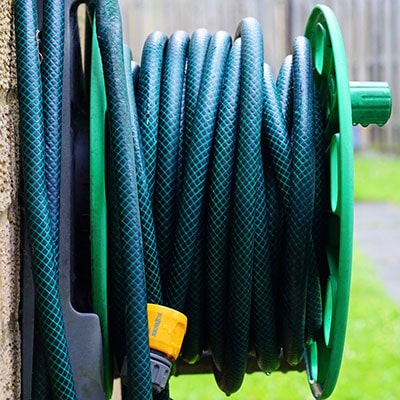
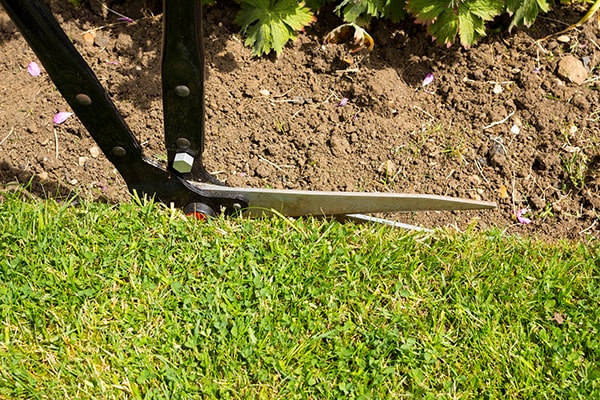
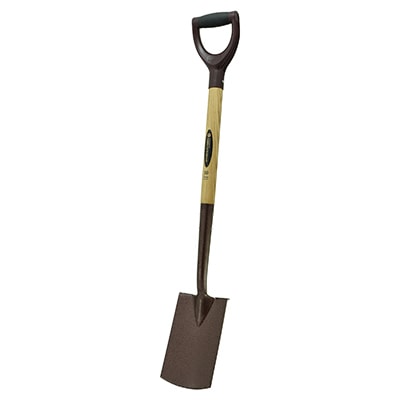
Hopefully this guide has helped you choose your border edging. Ultimately though, the choice is yours! Every garden is different and every gardener has different tastes. Let us know which border edging you prefer, and why, in the comments section below.




